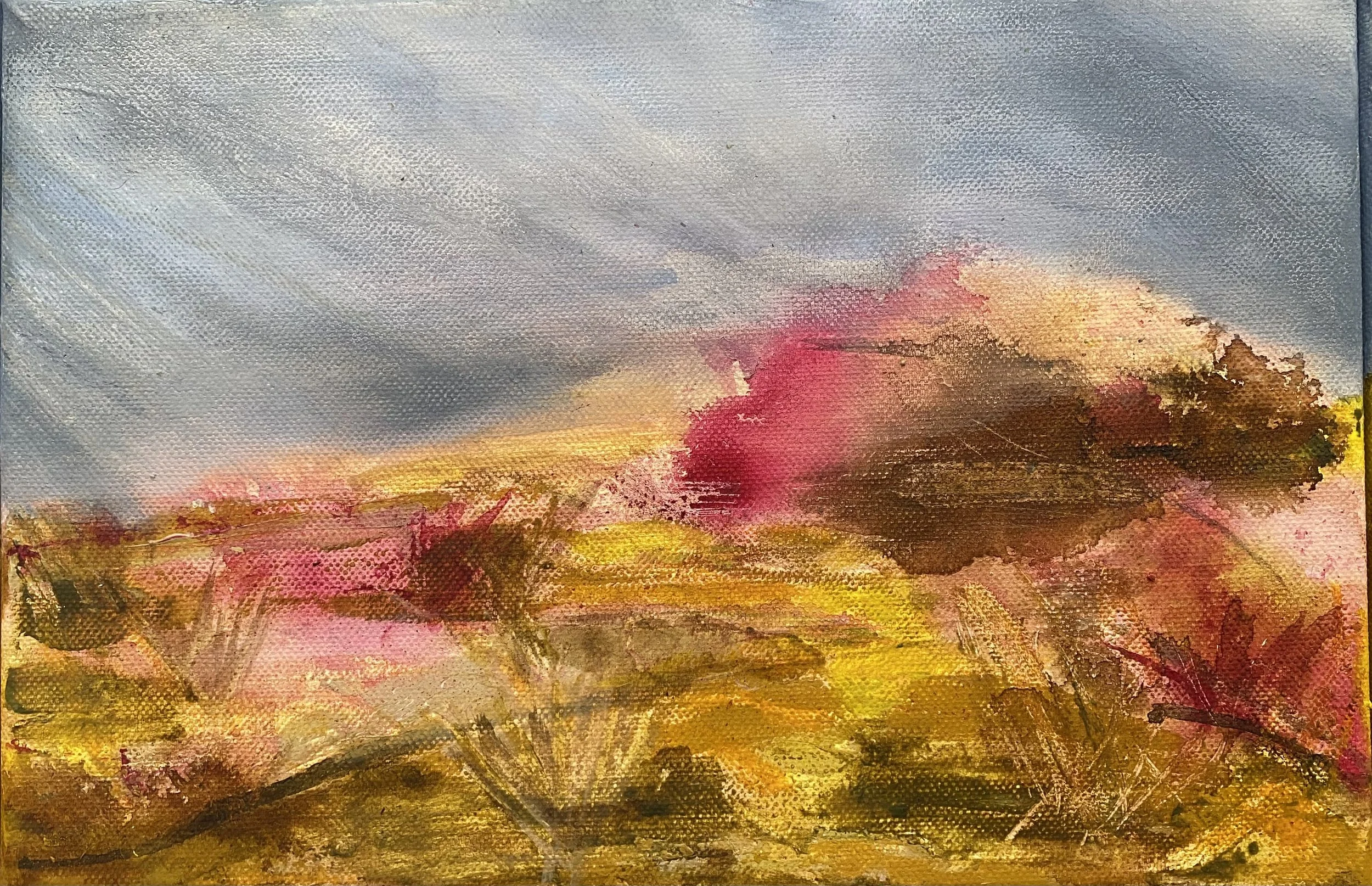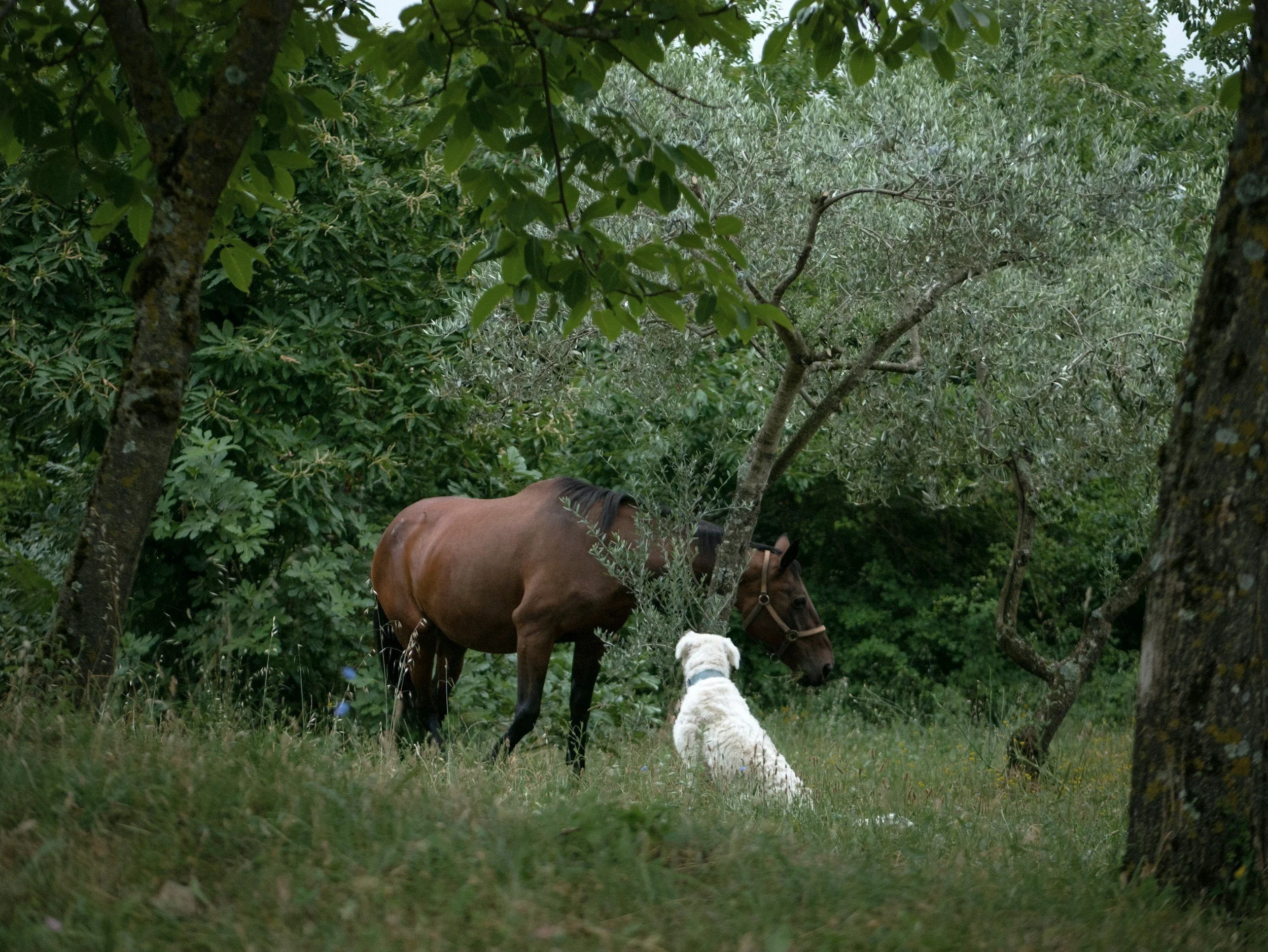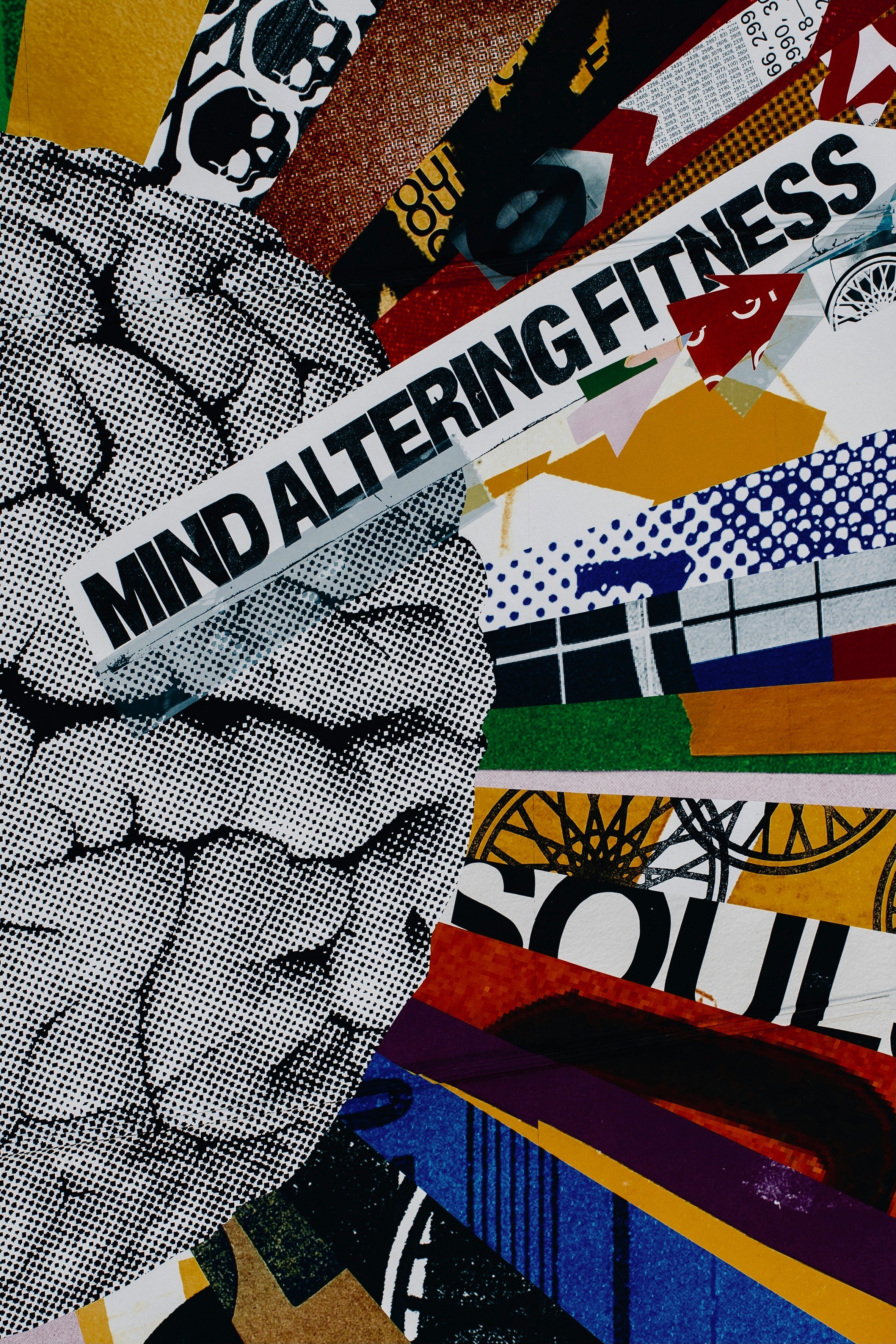Where Art and Wellbeing Meet
Art-making and community connection have long been part of my work. In this post, I share how creative and clinical practice can quietly support one another, and what happens when we make space to slow down, reflect, and create together.
Art and Attention
Psychologist and artist Michelle Saleeba reflects on the role of walking, drawing, and creative practice in slowing down and paying attention to place.
Why Horses Help Us Heal
Explore the therapeutic benefits of equine-assisted therapy for mental health and emotional wellbeing. Access curated videos, articles, and research on our resource page.
Professional grief
Professional grief is the quiet, often unspoken response clinicians may experience after the death of a client. It doesn’t fit neatly within traditional models of grief, but it’s real and deserves space. In this reflection, I explore what it means to acknowledge this form of loss within the boundaries of therapeutic work.
Art Therapy After Ketamine Infusion
Art therapy supports emotional integration and recovery following ketamine treatment by helping individuals process altered states through creative expression. Learn how these practices can sustain wellbeing.
Art Journaling for Wellbeing
Art journaling supports mental health by encouraging creative self-expression, stress relief, and personal reflection. Download our free mini guide to start your own practice today.
Art in Schema Therapy.
Explore how visual art processes can enhance schema therapy’s experiential methods. Learn how drawing, collage, and imagery can access emotion and reshape core schemas.
Where PTSD + TBI collide.
PTSD and traumatic brain injury (TBI) often occur together in military veterans, yet treatment rarely addresses both as one. This post explores how expressive practices can support healing and why integrated care matters, especially during PTSD Awareness Month.
June is PTSD Awareness Month
Supporting PTSD recovery through a trauma-informed, non-verbal approach, art therapy offers a powerful alternative to traditional talk-based methods. Discover its role in psychological care this PTSD Awareness Month.
Why personal projects matter
Discover how personal projects, whether they are creative, quiet, or quirky, can boost well-being, fuel purpose, and offer a deeper form of self-care than slowing down alone.
What Is Walk and Make Therapy?
Walk and Make Therapy combines outdoor sessions with simple art-making to support reflection, regulation, and healing beyond the traditional therapy room.
Exploring Art Making Outdoors
Creative engagement and art therapy in outdoor settings offer meaningful ways to reflect, express, and find emotional support. This guide shares accessible, grounded tips for using nature as a therapeutic space.
Walking with purpose: taking therapy outdoors
In an age of constant digital connection and clinical settings, sometimes the simplest approaches can offer the deepest sense of grounding. Walk and Talk Therapy blends the structure of evidence-based psychological care with the restorative qualities of nature, creating a setting where movement, reflection, and meaningful conversation can unfold side by side.
How Nature Fuels Creativity
Discover how our natural connection to the outdoors, known as biophilia, can enhance creativity, reduce mental fatigue, and spark fresh thinking. Includes practical tips and research-backed insights.
Volunteering is Good for You!
There is something enormously gratifying about volunteering which leaves us feeling as though we get more out of it than we give. Volunteering has been shown to be fantastic for both our mental and physical health, and we feel it. We feel the benefits of being physically active along with that uplifting sense of social connection and belonging, and now researchers are measuring it!
OCD, Neurodivergence, and Defence
Obsessive Compulsive Disorder (OCD) is often misunderstood in the defence context. It’s not just about hand-washing or perfectionism. OCD is a serious mental health condition driven by intrusive thoughts and compulsive behaviours that can severely impact quality of life.
Put The Phone Down!
A mother scrolling during feeds, a father distracted at the park, a parent answering messages while their baby lies awake nearby. Parent's on their phones is common. Almost invisible. But it’s not harmless.
Yoga for Mental Wellbeing
Feeling overwhelmed or stressed? You’re not alone. In today’s fast-paced world, many of us are juggling multiple responsibilities while neglecting our own need for rest and regulation. That’s where yoga comes in—a gentle, accessible way to bring calm back into your day.
Art Therapy + ACT for Pain Management
Chronic pain is more than just a physical sensation, it seeps into emotions, thoughts, and the fabric of daily life. Traditional approaches to pain management tend to focus on medication or physical interventions, but there is growing recognition of the benefits of a more integrative mind-body approach. Psychological and creative therapies offer relief, not simply by reducing pain but by transforming the way individuals experience it. Among these, Art Therapy (AT) and Acceptance and Commitment Therapy (ACT) are particularly powerful tools. Together, they provide a way not only to cope with pain but to lead a meaningful and fulfilling life despite it.
Weaving Through Pain
This article is Part II of a two-part series on pain and art therapy, following Art Therapy and Acceptance and Commitment Therapy for Pain Management. Weaving, has a rhythm to it, something steady, predictable, and calming. The repetition of movement is almost meditative, gently nudging the mind away from pain and into a more peaceful state.








































